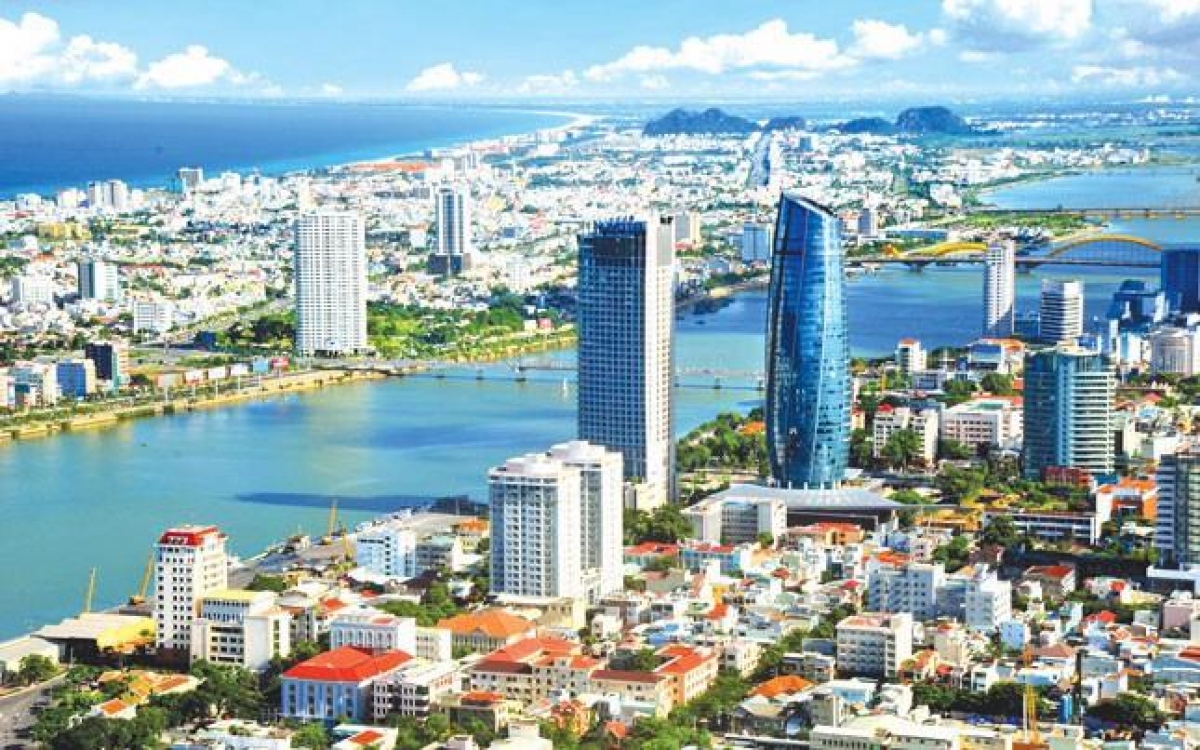The World Bank (WB) has raised its GDP growth forecast for Vietnam this year to 7.2% from 5.3% in April, while the overall rate of the East Asia and Pacific region is projected at 3.2%.

This projection was unveiled on September 27 in the latest East Asia and Pacific Economic Update in October titled “Reforms for Recovery” launched by the WB.
According to the report, the Vietnamese economy rebounded strongly following COVID-19-related lockdowns in Q3 of 2021, expanding by 6.4% in the first half of the year.
This rebound can largely be put down to a recovery of exports and the release of pent-up demand following the removal of COVID-19-related restrictions, along with the recent return of foreign tourists.
The services sector grew by 6.6% during the first half of the year, including a record high growth of 8.6% in the second quarter. Indeed, industrial production, excluding construction, grew by 8.4% in the first half, fueled by resilient external demand.
Inflation inched up to 3.1% year on year in July, primarily driven by higher transport costs which increased by 15.2%, despite efforts made by the authorities to contain price pressure through cuts in fuel excises.
Despite the recent economic rebound, firms and households report lingering impacts following the pandemic. A World Bank Business Pulse Survey conducted between January and March found that 92.6% of formal firms resumed operations, although 56% reported lower sales during this period than before the pandemic.
WB experts noted although the Vietnamese economy has rebounded strongly, its recovery is largely incomplete, with aggregate output remaining below the trends recorded in the pre-COVID period.
Moving forward, policymakers in the near future will have the difficult task of balancing the need for continued policy support to solidify the recovery in the wake of a weakening global environment, with a strong need to contain emerging inflation and financial risks.
In the medium to long term, achieving the country’s goal of becoming an upper-middle income economy will largely depend on transitioning to a productivity and innovation-led growth model based on a more efficient use of productive, human, and natural capital. This transition requires strengthened institutional capacity in order to pass and implement structural reforms aimed at developing a more competitive and resilient economy.
Like other East Asia and Pacific (EAP) countries, outside China, the Vietnamese economy is projected to rebound in the year ahead with growth of 7.2%, driven in large by low base effects after the lockdown-induced contraction last year, before subsequently reverting to trend growth over the medium term.
Growth drivers are anticipated to pivot from external to domestic demand, with manufacturing and services being exports to major markets, including the United States, the EU, and China. Therefore, inflation is projected to accelerate to 3.8 % in the year ahead and 4% in 2023 due to second-round effects of commodity price impacts, before subsiding to 3.3% in 2024.
Public expenditure is expected to accelerate in the second half of the year, with the fiscal deficit reaching 2.8% of GDP, providing some support to the economy. The deficit is projected to rise slightly to 3.2% of GDP as implementation of the 2022 - 2023 support programme picks up.
After a period of stagnation during the COVID-19 crisis, the pace of poverty reduction is expected to pick up, with the poverty rate declining from 3.7 % in 2021 to 3.3 % in 2022, based on the World Bank’s Low and Low Middle Income Countries (LMIC) poverty line.
External risks include persistent global inflation pressure and a sharper than expected economic slowdown of Vietnam’s main trade partners (US, eurozone, and China), and continued disruptions in the global value chains (GVCs). Internally, higher than expected inflation reported labour shortages in manufacturing areas, and heightened financial risks could affect growth prospects.
In the short term, given the economy is still recovering and inflation is in check, the current accommodative monetary stance remains appropriate while a more supportive fiscal stance would help to hedge against downside risks to growth. This translates into better execution of the budget and the 2022-2023 support program.
The ongoing fragility of household balance sheets, especially among the poor warrants continued social assistance. However, if inflation accelerates above 4% and core inflation picks up, authorities should consider recalibrating monetary and fiscal policies, according to WB think tanks.
They note that heightened financial sector risks call for intensified prudential supervision, reporting, and provisioning on NPLs, and improved corporate insolvency and banking sector resolution frameworks.